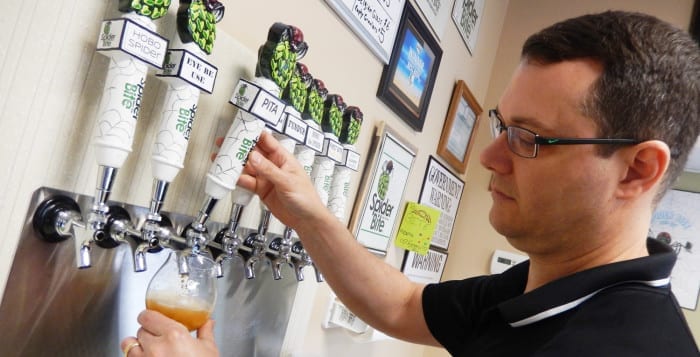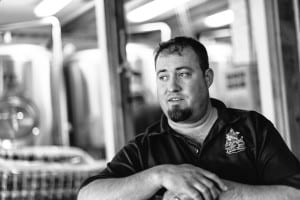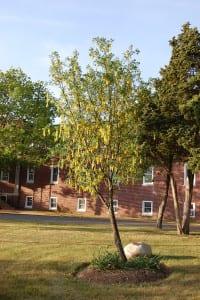By Fr. Francis Pizzarelli, SMM
June is the month to celebrate so many wonderful connections. We celebrate the beginning of summer, various graduations and the gift of our fathers.
For many of us, our fathers were our first role models for hard work, compassion and unconditional love. For many, our dads taught us how to love and forgive by the power of their words and example.
As the summer unfolds, many of us shift gears to better appreciate this season. We are profoundly reminded of the many achievements of our young people. Kindergarten graduations, moving-up ceremonies, junior high and high school graduations — each are life moments that mark significant achievements in the lives of our young people.
“The best and most beautiful things in the world cannot be seen or even touched — they must be felt with the heart,” said Helen Keller. This year, our schools have been in crisis because of the conflict around the common core, teacher evaluations and empowering students to learn not just academic lessons but also life lessons.
An extraordinary group of young men and women have graduated from our high schools. Our communities are better and brighter because these young men and women have spent time in our schools. They are our future leaders and hopefully they will continue their educational journey with passion and energy, believing that they can make a difference in our world.
Seniors, as you graduate from high school, always look to discover enough goodness in others to believe in a world of peace; be willing to work for peace grounded in justice. May a kind word, a reassuring touch and a warm smile be yours, every day of your life. Remember the sunshine when the storm seems unending. Teach love to those who only know hate and let the love embrace you as you continue your journey in the world.
Think positive and make positive choices. Choice, not chance determines one’s destiny. You may make a living by what you get, but make a life by what you give. Give generously of your heart, your time, your talents and your treasure. The autograph you leave will make a tremendous difference in our world.
Don’t judge a book by its’ cover, or stop at the introduction! Read it through; see the meaning and message it offers for life. Everyone’s life is sacred, even those who are different from you or you do not like are important.
Be more inclusive than exclusive. Don’t be blinded by those who tend to use shame, blame, guilt and religion to shackle and divide people. Set people free with your respect and your nonjudgmental way.
May you never become too concerned with material things, but instead place an immeasurable value on the goodness in your heart and in the hearts of others. Find time each day to see beauty and love in the world around you. Realize you have limitless opportunities and possibilities.
May you have enough inner strength to determine your own worth and not be dependent on another’s judgment of your accomplishments. Get up every day and be grateful for what you have. See every life experience and human encounter as a learning experience, as an opportunity to grow and become more than you are now.
So, graduates, as you take leave and begin a new chapter in your lives, what is your purpose? What is your mission? Your life will be what you create today. No one can take that life from you. There is no blackboard in the sky that has your life outlined for you. You get to fill the blackboard of your life with whatever you feel is important. If you have filled it with junk in the past, wipe it clean. Erase all the hurt and pain that has blocked you from living and loving; be grateful that you are now in a place where you have meaning and the opportunity for new beginnings.
May you build bridges, not walls. Live a balanced life. Learn a little, think a little, dance, play and have a great sense of humor. But most of all, be aware of wonder.
We live in a world that is very deceptive. Don’t let the corrupt political rhetoric of our time blind your seeing, impair your hearing or shackle your dreaming. As you graduate, the social landscape you must navigate is treacherous. Be prepared to sail stormy waters, but don’t lose heart; draw on the goodness that lives within and on the goodness of others to stay the course.
May your moral compass be grounded in respect for all human beings, no matter what their color, race, creed or sexual orientation. May this compass guide you on a path that is committed to working for peace and social justice. As Gandhi once said, “Be the change you wish to see in the world.”
Congratulations graduates of 2015. Thanks for making the world a little richer, a little brighter and a better place to be!
Fr. Pizzarelli is the director of Hope House Ministries in Port Jefferson.































